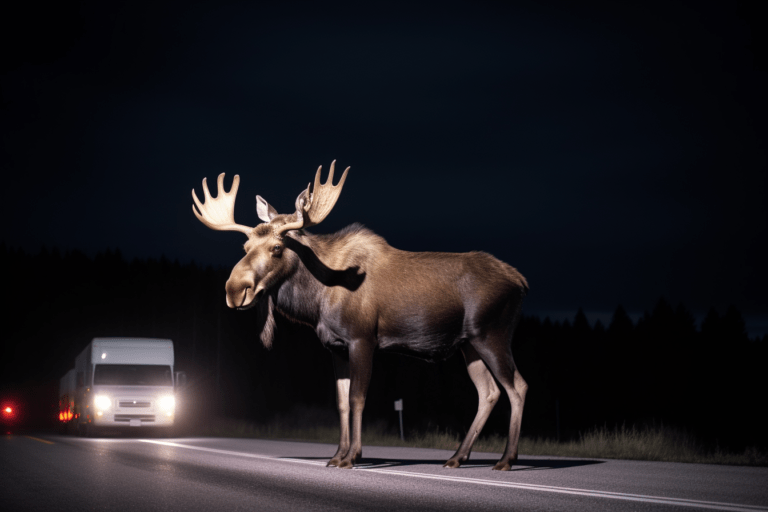Introduction:
For truck drivers, the open road is a familiar sight, but it is not without its dangers. One often overlooked hazard is the presence of wildlife. Animals can suddenly appear on the road, resulting in accidents that may cause severe damage and injury. In this article, we will discuss the most dangerous seasons and times of day for encountering wildlife on the road, and provide recommendations and tips to help truck drivers avoid accidents and handle such situations safely.
Most Dangerous Seasons and Times of Day:
While wildlife encounters can happen year-round, certain seasons and times of day pose a higher risk. Fall and spring are particularly dangerous due to increased animal activity during mating and migration seasons. Additionally, the hours around dawn and dusk are when many animals are most active, making these times of day especially hazardous for drivers.
Recommendations to Avoid Wildlife Accidents:
- Stay vigilant: Always scan the road and its surroundings for any signs of wildlife. Pay close attention to road signs indicating animal crossings or habitats.
- Reduce speed: When driving through areas known for wildlife activity, slow down to give yourself more time to react in case an animal crosses your path.
- Use your high beams: At night, use your high beams to increase visibility and spot animals in the distance. Be mindful of oncoming traffic and switch to low beams when necessary.
- Observe patterns: If you see one animal, be prepared for others, as they often travel in groups or with offspring.
- Use your horn: If you spot an animal in the distance, honk your horn in a series of short bursts to scare it away from the road.
- Watch for roadkill: If you see roadkill, exercise caution, as other animals may be nearby attempting to feed on it.
Tips and Tricks in Case of an Accident:
- Don’t swerve: If an animal suddenly appears in front of your truck, resist the urge to swerve, as this may cause a loss of control or a more severe collision with other vehicles or obstacles.
- Brake firmly: Apply firm and controlled pressure on the brakes to reduce speed and minimize the impact if a collision is inevitable.
- Protect yourself: Keep your hands on the steering wheel and avoid turning your body to minimize injury in the event of an accident.
- Report the accident: If you hit an animal, pull over safely and report the incident to local authorities or your dispatch. They may need to remove the animal or warn other drivers of the hazard.
- Document the scene: Take photos of the accident scene, the animal, and any damage to your vehicle for insurance purposes.
- Perform a safety check: Before continuing on your route, inspect your truck for any damage that may affect its safety or performance.
Conclusion:
Wildlife encounters on the road can be dangerous for truck drivers, but by staying vigilant, reducing speed, and following the recommendations outlined in this article, drivers can minimize the risk of accidents. Should an accident occur, it is essential to remain calm, follow safety guidelines, and report the incident to the appropriate authorities. By doing so, truck drivers can help ensure their safety and the well-being of the animals that share the road with them.


